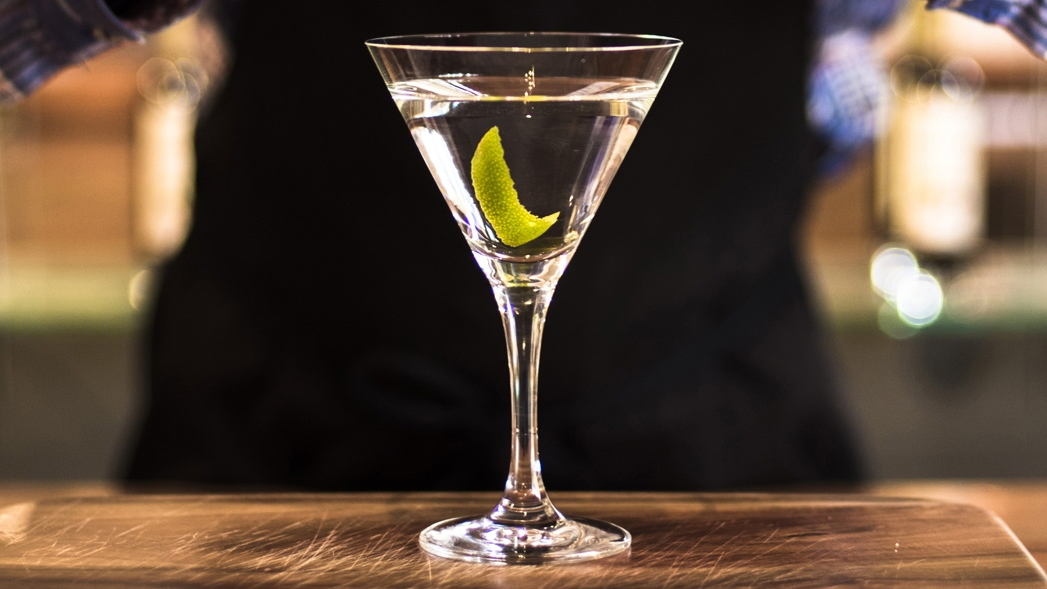Light, local and responsible: what we drank in 2019
In a watershed year in spirits, some clear trends emerged.

Looking back on a busy 2019, it seems clear that the preferences of Australian drinkers have swung towards local spirits over imports, evidence of sustainable practices, and seeking quality over quantity.
Bars are serving lighter, more sessionable aperitifs and cocktails, and there is a definite trend to low-alcohol and even no-alcohol beverages. White spirits continue to outsell brown, and mixed drinks are getting spicier and more syrup/reduction driven.
To see what others made of the year as it draws to a close, I spoke to what I consider three of the foremost authorities in Australian spirits.
Stuart Gregor (co-founder of Four Pillars Gin, President of the Australian Distillers Association)
Gin appreciation and growth is a global phenomenon right now, as is growth in agave spirits and whisky/whiskey. The worldwide popularity of cocktails helped the appreciation for gins, as it has for the ability to use local botanicals, giving an indigenous signature to a place.
Despite the proliferation of gins In Australia, craft gin still grew around 33 per cent in 2018 (according to data from the International Wines and Spirits Record) and we’re expecting the same growth in 2019. People are drinking less, but drinking better, so outstanding local craft gins are in pole position.
There is a definite sway to non-alcoholics – you can see that with the growth of Seedlip and Lyre’s. Beer sales are pretty flat, and they are also fragmenting as younger drinkers look for sours and fruit flavours and non-traditional styles. Longer drinks, spritzers and highballs are all the rage at the moment.
James France (founder of liquor importer Vanguard Luxury Brands)
Bars and bottle shops around Australia are increasingly expressing preference for spirits that are produced sustainably and responsibly. This is becoming the price of admission for premium spirits these days, and is a phenomenon that will continue for the long term.
Also, bars are going no-waste – for example, reusing citrus peels to make sodas, syrups and garnishes, and using metal straws or no straws. Grains and other produce must be organic where feasible.

Locally-produced spirits are also highly favoured by the trade. In most cases the industry will prefer a local product over an import, unless it is something that can’t be made locally like bourbon or tequila, etc. I’m also seeing a trend towards pre-batching cocktails – even in premium bars.
Agave spirits are finally coming into their own. Sustainability is a major issue for agave spirits, especially for mezcal since a lot of the agave used for mezcal is harvested wild and not farmed. Agave prices have increased massively in the last two years and there is no end in sight. Botanical vodkas are popping up as well.
As far as non-alcohol spirits go I really can’t understand why these products cost as much as distilled spirits, when they are not paying the $25 per bottle excise that spirits have to pay. Many of these alcohol-free spirits leave a lot to be desired in terms of flavour. To me, the holy grail would be a non-alcoholic spirit that tastes great and sells for half the price of the current ones out there.
In whisky, an age statement for a single malt Scotch is pretty much essential unless the brand already enjoys substantial brand equity. Australian whiskies aren’t expected to have age statements since it is well understood that the industry is still very young.
However, many Australian whiskies are often twice or three times the price of their imported counterparts, but in most cases not twice or three times the quality. Prices for Aussie whisky need to come down.
Tim Duckett (whisky producer, Heartwood Whisky, Tasmania)
Lots of people in the trade still talk up the spirits industry but in reality, expensive spirits are getting harder and harder to sell. Our industry in Australia is very young compared to mainland Europe or Scotland, and I suppose we’re simply experiences one of the many downs they have had to endure over the last 400-odd years.
Anyone with a working still and a license thought that making gin was the way to accumulate capital and eventually make whisky; alas, there is such an oversupply of gin on the Australian market that prices are plummeting.
The younger generation think variation is a form of entertainment and are always after something different, from alcohol-free spirits (the drink-driving laws are most certainly to blame here), to agave spirits, fruit eau-de-vie etc. Experimentation is part of the fun!






Hi Guest, join in the discussion on Light, local and responsible: what we drank in 2019